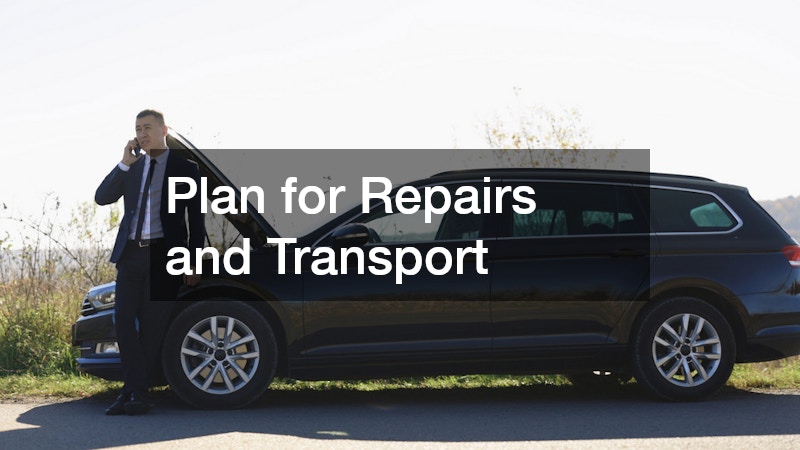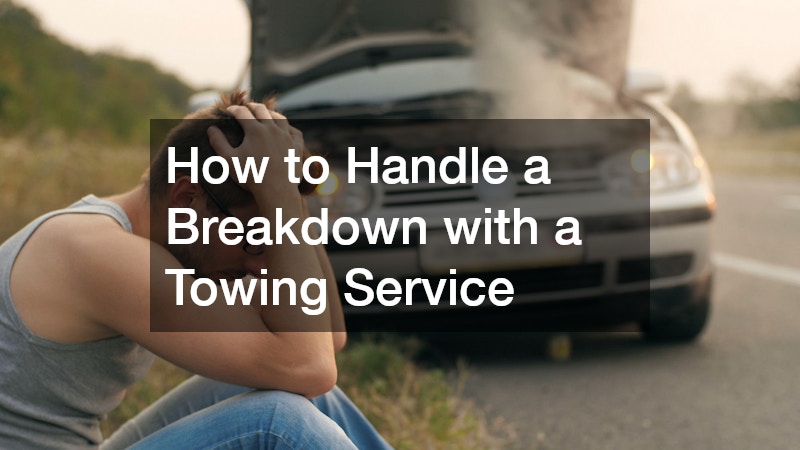Vehicle breakdowns are never planned and often occur at the most inconvenient times — on a busy motorway, in bad weather or late at night. While they can be stressful, knowing how to respond calmly and effectively can make a significant difference in your safety and the outcome. One of the most important steps in handling a breakdown is contacting a reliable towing service.
Whether your car has suffered engine failure, a flat tyre or an accident, calling a professional towing service ensures your vehicle is moved safely and quickly. Here’s a step-by-step guide to managing a breakdown and working with a towing provider efficiently.
Stay Calm and Prioritise Safety
The first and most important action during a vehicle breakdown is to remain calm. Sudden engine trouble or warning lights can be alarming, but panicking won’t help. Instead, focus on steering your vehicle to the side of the road, ideally onto the shoulder or into a breakdown lane if one is available.
If it’s safe to do so, activate your hazard lights to alert other drivers. This is especially critical if your vehicle is partially obstructing the road. In low visibility or at night, hazard lights are essential for reducing the risk of a collision.
Once your vehicle is safely off the road, stay inside with your seatbelt on, especially if you’re on a busy road. Exiting the vehicle can be dangerous unless you’re in a quiet area or completely off the carriageway.
Assess the Situation
Before calling for help, try to determine the cause of the breakdown if it’s safe to inspect your vehicle. Common issues include flat tyres, overheating, dead batteries or running out of fuel. Understanding the problem can help you provide accurate information to the towing service and get faster assistance.
However, never attempt roadside repairs if it puts you at risk — such as changing a tyre on the driver’s side while near moving traffic. It’s always better to wait for professional help than risk injury.
Contact a Reputable Towing Service
Once you’ve ensured your safety and assessed the situation, contact a towing service. If you have roadside assistance included in your insurance policy or through an automobile club, call their support number. If not, look up a local towing provider with 24/7 service and positive reviews.
Confirm the estimated arrival time, costs involved and whether your vehicle will be taken to a specific mechanic, your home or a service centre. Transparency about pricing and services helps prevent any confusion later.
Stay Visible and Secure
While waiting for the tow truck, keep your hazard lights on and consider placing reflective triangles behind your vehicle if you have them in your emergency kit. These increase visibility and reduce the chance of further incidents.
If the area is unsafe — such as in extreme weather or on a high-speed road — remain in your vehicle with the doors locked. If you feel vulnerable or threatened, especially when broken down in an unfamiliar or isolated location, don’t hesitate to contact the police.
It’s also wise to let a family member or friend know your situation and location, particularly if you’re travelling alone or at night.
Cooperate with the Tow Operator
When the tow truck arrives, follow any instructions from the operator. Most professional drivers will guide you through the process, including how to safely exit the vehicle if required and where to stand while the car is loaded.
If your car needs to be transported to a workshop, make sure you take any valuables or important items from the vehicle before it’s towed. That includes wallets, keys, mobile phones and any sensitive documents.
Ask for a receipt or service document showing where the vehicle is being taken. This will be helpful if you need to liaise with a repair centre or file an insurance claim.
Plan for Repairs and Transport
After your vehicle is towed, you’ll need to organise ongoing transport and repair arrangements. Some towing services offer roadside repair or battery jump-starts if the issue is minor. Otherwise, you may need to coordinate with a mechanic for further diagnosis and repair.
If your car can’t be fixed immediately, consider your transport needs — whether that’s a taxi, rideshare or contacting a friend or family member to pick you up. In some cases, insurance policies or roadside memberships may cover the cost of alternative transport.
By preparing in advance — saving contact numbers, carrying an emergency kit and knowing what to do in a breakdown — you can respond with confidence when the unexpected occurs. A little preparation goes a long way toward ensuring your safety and minimising disruption during car troubles.
.


